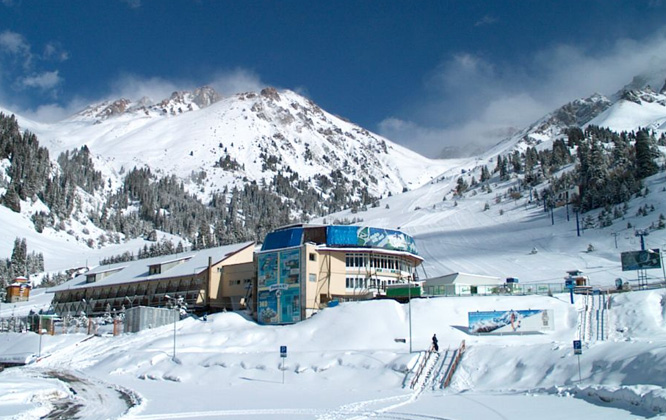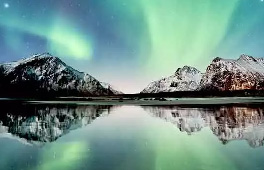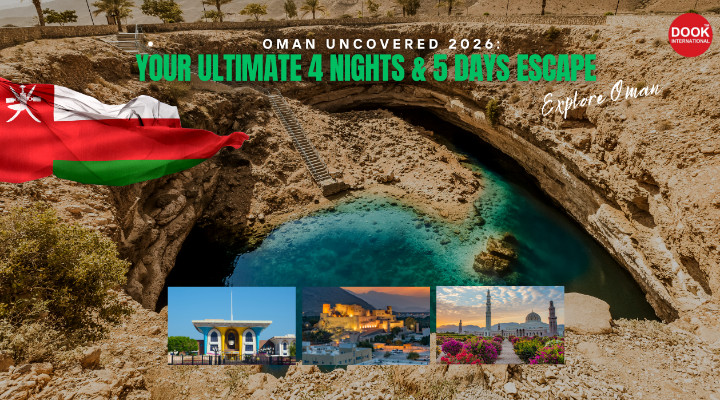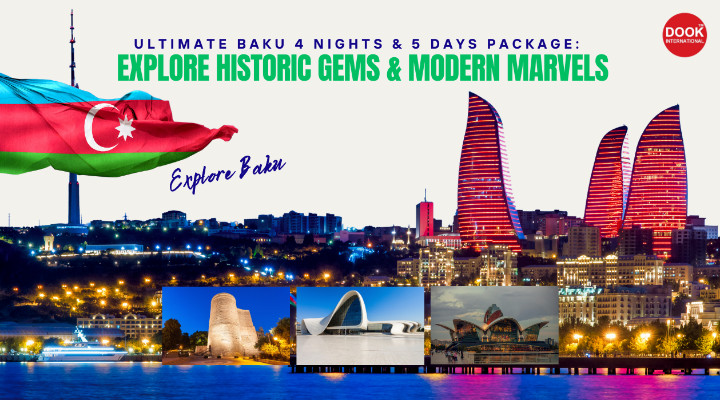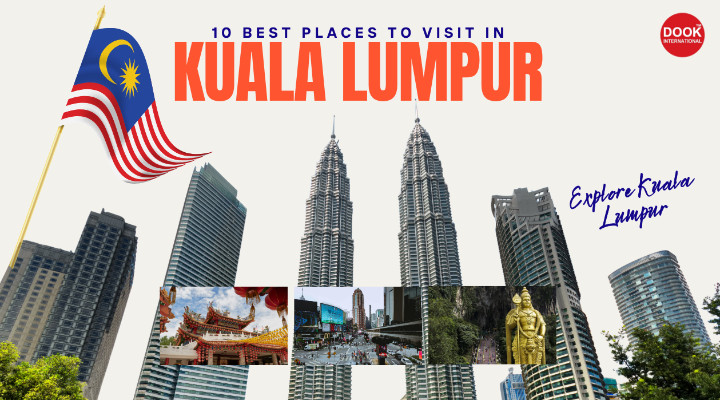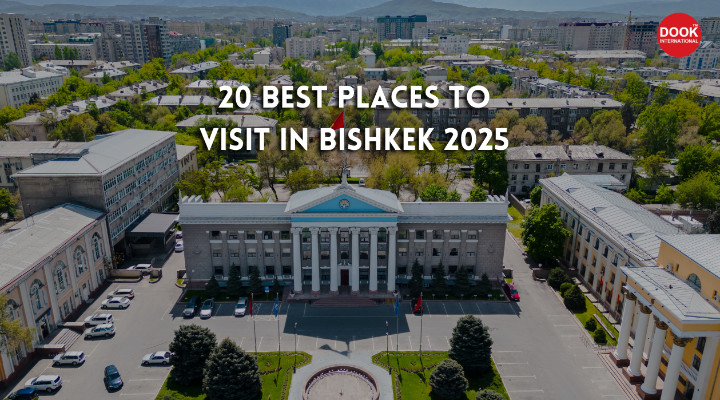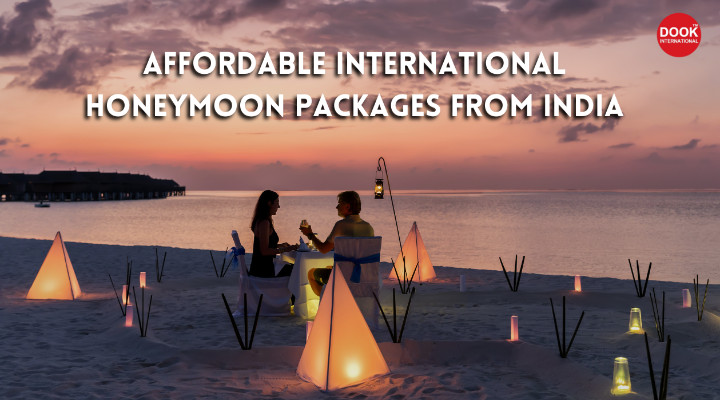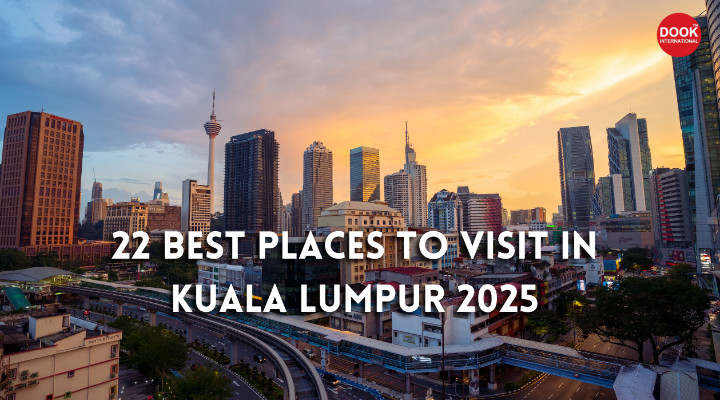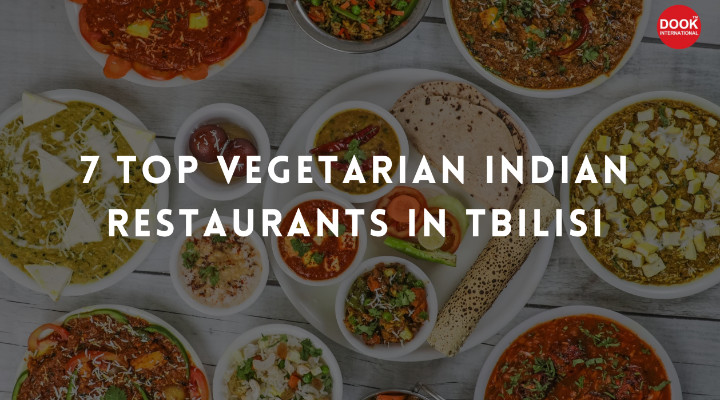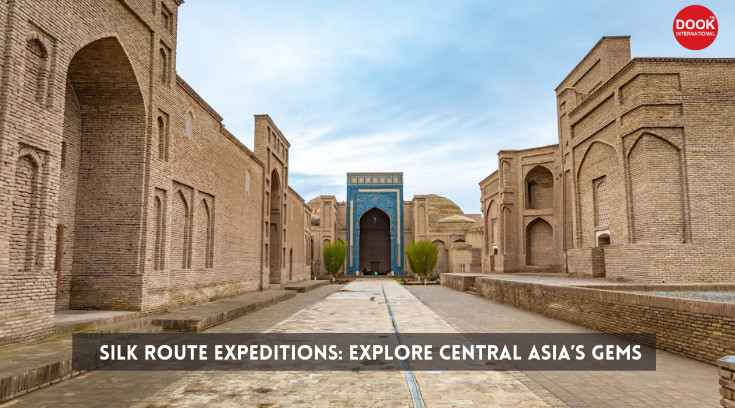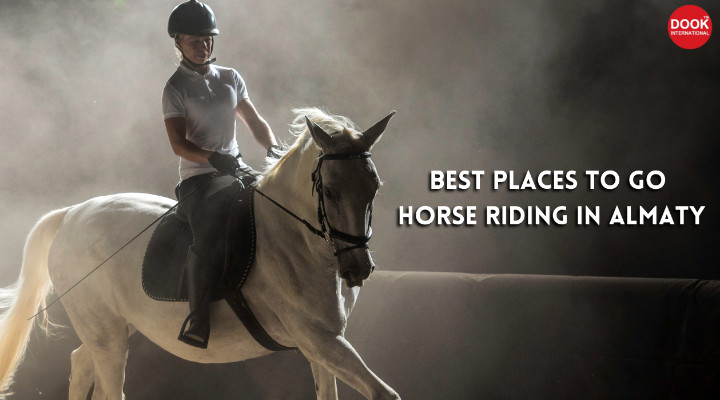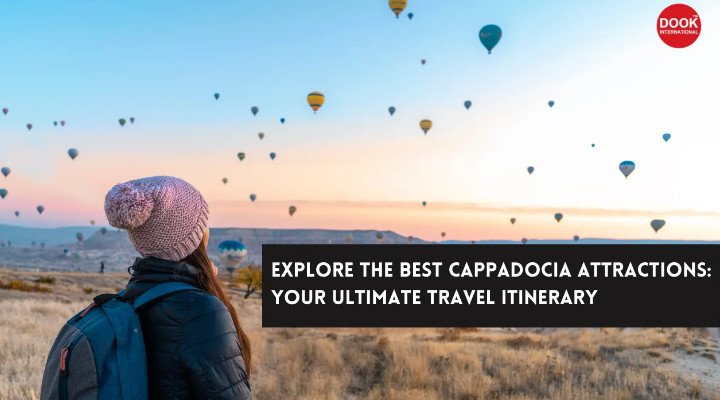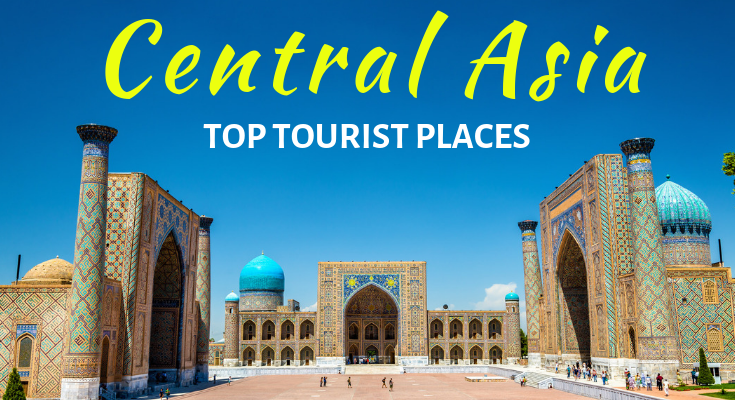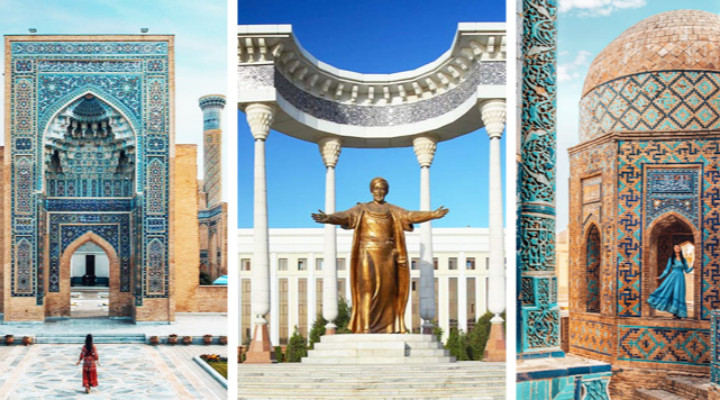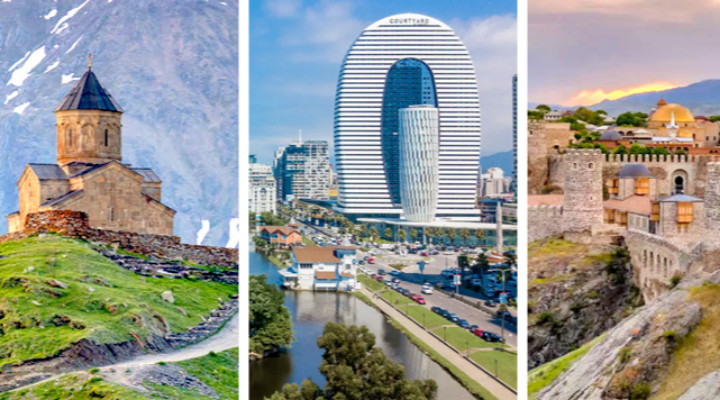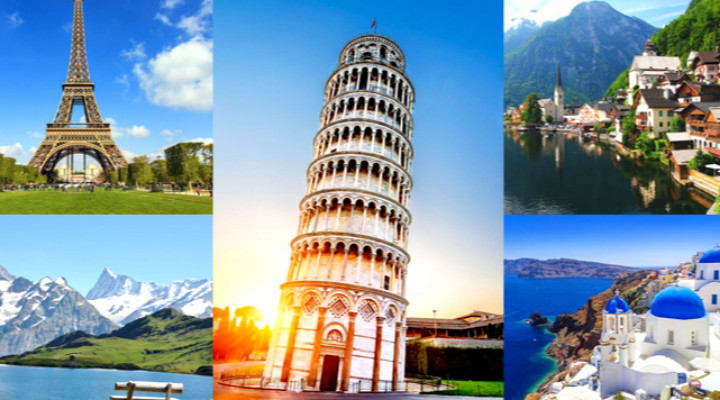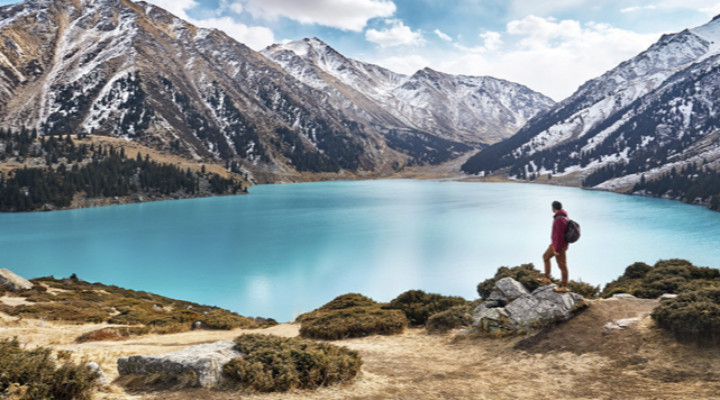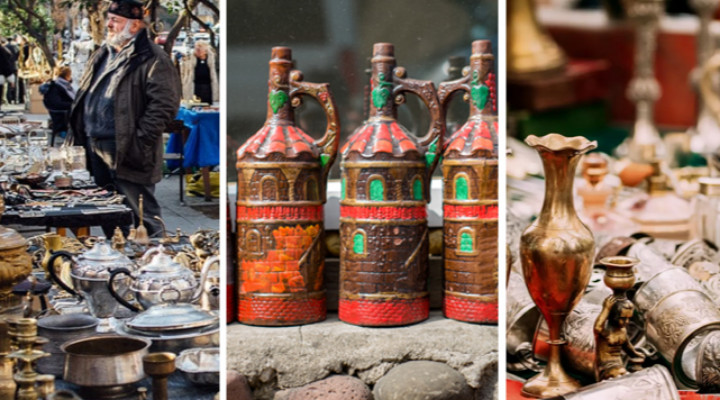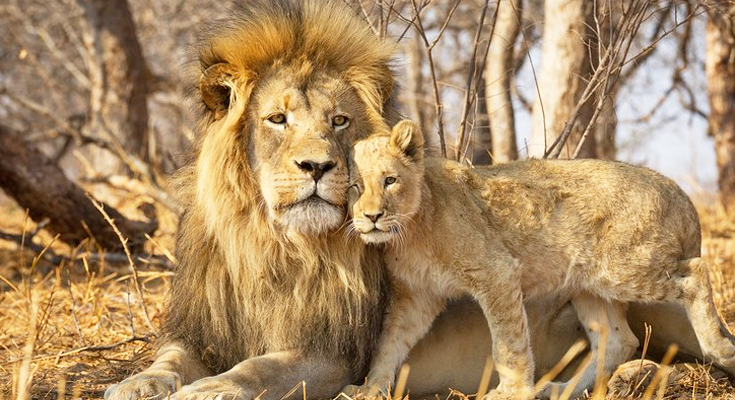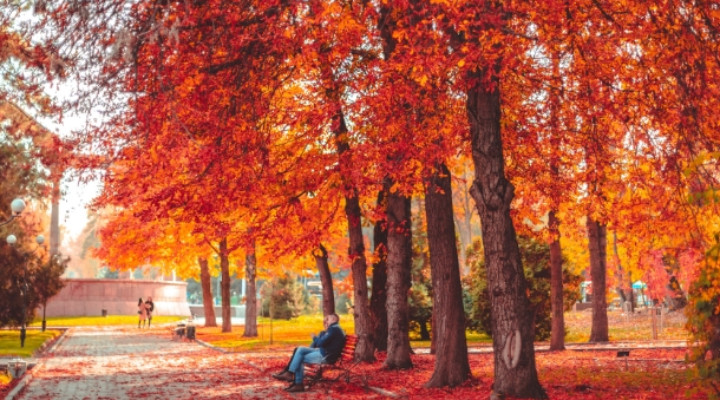Wikipedia says a desert is a barren area of land where little precipitation occurs and consequently living conditions are hostile for plant and animal life. Another interesting fact about desert is that deserts cover almost one fifth of the earth's area and in those areas annual rainfall is less than 50cm. Deserts can be scary to pass through. You don't get to see much of life in a desert in the absence of water. Since the ancient times crossing over a desert has been tough and nightmares for travellers and traders. But there are some deserts which have got sufficient water for life of plants if not enough and also variety of species. So which deserts we are talking about? Well, we will see two main deserts of Central Asia in this article which are known as Black sand and Red sand respectively.
Karakum DesertKarakum desert lies at the northeast part of Turkmenistan. Covering around 80-90% of the total area of Turkmenistan, Karakum is sparsely populated like any other desert on the planet. But unlike other deserts in the world Karakum has limited but adequate rainfall which allows for ample growth of vegetation here. The name of Karakum breaks down to 'black sands', in which kara means black and kum means sand, though the colour of the sand here is not absolute black. It looks blonde under the straight midday sun, grey in a cloudy day and reddish in the sunset. The sand desert stretches for 350, 000
2 km from Caspian sea to Pamir foothills and from Amu Darya to Kopet dag ridge.Any desert in general is deprived of irrigation but this is not the case with Karakum desert. It recives irrigation water from Murghab and Hari rivers which allows the growing of cotton here. Karakum also receives water from Karakum canal, the largest irrigation canal in the world which connects the Amu Darya River with the Caspian sea. If we talk about the climate over here, the desert is very hot and summer temperature can go up to 50°c and soil temperature goes in excess of 70° c. Winters are too chilly as well and temperature can fall down to - 30° c.Another interesting thing about karakum desert is that here is also a natural gas field which is known as Door to hell or Gates to hell. This is a natural gas field in Derweze, Turkmenistan that collapsed into an underground cavern in 1971, becoming a natural gas crater. The crater is quite an attraction for tourists. In the past five years more than 50,000 tourists have visited the site. The gas crater has a total area of 5,350 m2, the size of an American football field. The surrounding area is also popular for wild desert camping.
 Kyzylkum Desert
Kyzylkum DesertLike Karakum is called Black sands, kyzylkum is called as Red sand in Turkic language as per its name. This 16th largest desert in the world is located in Central Asia in the doab between Amu darya and Syr darya and today it lies between Kazakhsta, Uzbekistan and partly Turkmenistan with most part of it falling in Uzbekistan. Spread over 298, 000 km
2 area the territory sits an altitude of 300 m above sea level and it is mainly an extensive plain. The plain is sloping generally north-westward and it has a number of extensive closed depressions and isolated deeply-cut mountain ranges like Bukantau, Kuljuktau, Tamdytau and others.Unlike Karakum vegetation in Kyzlkum is on partial land only. But even after the lack of water here, diverse flora and fauna can be found here at their peak specially in spring time. Ephemerals, wild tulips and poppies are some rich representation of flora here while desert fauna include the Russian tortoise and large lizard known as Transcaspian or desert monitor. Speciality of this large lizard is that it can stretch up to 1.6 m of length. There is a Kyzylkum nature reserve in Bukhara Province which was founded in 1971. The area of the reserve amounts to 101,000 km
2. The Bukhara Deer, Wild Boar, Common Pheasant and Golden eagle are some residents of this natural reserve. As a tourist you can enjoy this place here.
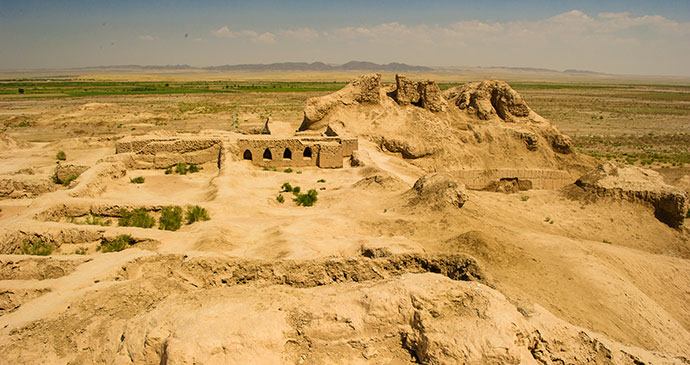
The otherwise dead and boring desert is quite live and must see place in spring time. During this period the sand is covered with carpet of poppies, tulips, shrubs and desert becomes live with presence of numerous animals. The Aral sea, a mountain in the form of yurt, the concentration of high dunes in the central Kyzylkum desert, a grove of ancient petrified trees, ancient images cut on the walls of the Bukantau mountains, exotic villages of Kulkuduk, Yangigazgan and Dongelek lost amid the sands of the desert and more such attractions make this desert a place to go to. You can go for Jeep tour, Car tour, Bicycle tour and various other types of ecological tours for a joyful and memorable journey here.Also Read
Classical-islamic-architectures-in-central-asiafestivals-of-central-asia
 Kyzylkum DesertLike Karakum is called Black sands, kyzylkum is called as Red sand in Turkic language as per its name. This 16th largest desert in the world is located in Central Asia in the doab between Amu darya and Syr darya and today it lies between Kazakhsta, Uzbekistan and partly Turkmenistan with most part of it falling in Uzbekistan. Spread over 298, 000 km2 area the territory sits an altitude of 300 m above sea level and it is mainly an extensive plain. The plain is sloping generally north-westward and it has a number of extensive closed depressions and isolated deeply-cut mountain ranges like Bukantau, Kuljuktau, Tamdytau and others.Unlike Karakum vegetation in Kyzlkum is on partial land only. But even after the lack of water here, diverse flora and fauna can be found here at their peak specially in spring time. Ephemerals, wild tulips and poppies are some rich representation of flora here while desert fauna include the Russian tortoise and large lizard known as Transcaspian or desert monitor. Speciality of this large lizard is that it can stretch up to 1.6 m of length. There is a Kyzylkum nature reserve in Bukhara Province which was founded in 1971. The area of the reserve amounts to 101,000 km2. The Bukhara Deer, Wild Boar, Common Pheasant and Golden eagle are some residents of this natural reserve. As a tourist you can enjoy this place here.
Kyzylkum DesertLike Karakum is called Black sands, kyzylkum is called as Red sand in Turkic language as per its name. This 16th largest desert in the world is located in Central Asia in the doab between Amu darya and Syr darya and today it lies between Kazakhsta, Uzbekistan and partly Turkmenistan with most part of it falling in Uzbekistan. Spread over 298, 000 km2 area the territory sits an altitude of 300 m above sea level and it is mainly an extensive plain. The plain is sloping generally north-westward and it has a number of extensive closed depressions and isolated deeply-cut mountain ranges like Bukantau, Kuljuktau, Tamdytau and others.Unlike Karakum vegetation in Kyzlkum is on partial land only. But even after the lack of water here, diverse flora and fauna can be found here at their peak specially in spring time. Ephemerals, wild tulips and poppies are some rich representation of flora here while desert fauna include the Russian tortoise and large lizard known as Transcaspian or desert monitor. Speciality of this large lizard is that it can stretch up to 1.6 m of length. There is a Kyzylkum nature reserve in Bukhara Province which was founded in 1971. The area of the reserve amounts to 101,000 km2. The Bukhara Deer, Wild Boar, Common Pheasant and Golden eagle are some residents of this natural reserve. As a tourist you can enjoy this place here. The otherwise dead and boring desert is quite live and must see place in spring time. During this period the sand is covered with carpet of poppies, tulips, shrubs and desert becomes live with presence of numerous animals. The Aral sea, a mountain in the form of yurt, the concentration of high dunes in the central Kyzylkum desert, a grove of ancient petrified trees, ancient images cut on the walls of the Bukantau mountains, exotic villages of Kulkuduk, Yangigazgan and Dongelek lost amid the sands of the desert and more such attractions make this desert a place to go to. You can go for Jeep tour, Car tour, Bicycle tour and various other types of ecological tours for a joyful and memorable journey here.Also ReadClassical-islamic-architectures-in-central-asiafestivals-of-central-asia
The otherwise dead and boring desert is quite live and must see place in spring time. During this period the sand is covered with carpet of poppies, tulips, shrubs and desert becomes live with presence of numerous animals. The Aral sea, a mountain in the form of yurt, the concentration of high dunes in the central Kyzylkum desert, a grove of ancient petrified trees, ancient images cut on the walls of the Bukantau mountains, exotic villages of Kulkuduk, Yangigazgan and Dongelek lost amid the sands of the desert and more such attractions make this desert a place to go to. You can go for Jeep tour, Car tour, Bicycle tour and various other types of ecological tours for a joyful and memorable journey here.Also ReadClassical-islamic-architectures-in-central-asiafestivals-of-central-asia



